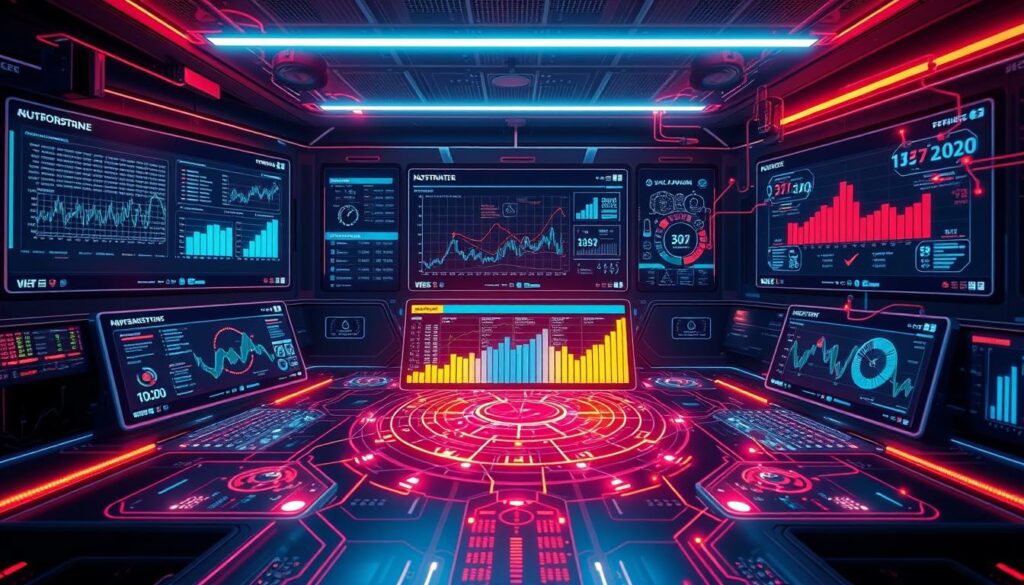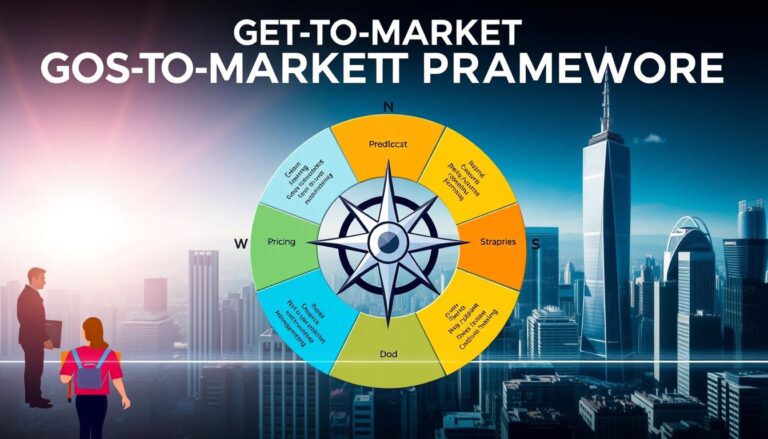In 2024, risk management teams face tough challenges. They deal with new rules, clever frauds, and small budgets. They need new ways to manage and lower risks. Coris’s Risk AI steps in to change the game. It’s advanced risk analysis software. It makes decisions faster than humans, especially in small and mid-sized companies.
Risk AI cuts down the manual work. It automatically handles about 95% of false positives. These are a big part of what analysts deal with. By using AI to assess risks, Risk AI makes smart decisions from complicated data. It improves how well and how fast risks are managed. Risk AI quickly reacts to changes in business and bad merchant reviews. It makes risk decisions accurate and on time.
Coris’s Risk AI works well with tools like Slack. It also works non-stop, lightening the load for human analysts. This combination of technology and human care makes risk management clear and trustworthy. Leaders in business, like Jason Fransua from Hearth, see how Risk AI can beat tough challenges in the industry.
Key Takeaways
- 2024 is a critical year for risk management due to increased regulatory pressures and fraud.
- Coris’s Risk AI automates up to 95% of false positive cases, reducing human workload.
- AI-driven risk analysis software improves efficiency by making context-aware decisions.
- Integration with communication tools like Slack provides 24/7 operational capacity.
- Risk AI addresses business status changes and negative merchant reviews effectively.
Understanding AI Risk Management
In our world overflowing with tech, managing AI risk is a must. Techniques like predictive risk modeling and AI for risk analysts are key. They pinpoint and lessen AI system flaws, beefing up trust and compliance.

Defining AI Risk
AI risk looks at how likely errors can happen and their effect. As AI grows, it faces issues like data leaks or bias. This could mean big problems, from exposing private details to unfair loan denials.
AI’s complexity makes traditional tests not enough. We need special models and learning for risk buffs to spot and fix risks.
AI Errors and Vulnerabilities
AI models can make mistakes or be vulnerable. Risks include harmful code, data tampering, and more. They also have to deal with bias and acting unpredictably.
Despite AI’s smart learning, it can still face unknown risks. Automation in managing these risks can make things faster and set clear standards. This marks the strength of AI in assessing risks.
The Importance of AI Risk Management
Managing AI risk is vital to keep organizations safe from AI mishaps. It helps maintain their good name and smooth operation. Following guidelines from sources like the NIST AI Risk Management Framework boosts trust.
With laws like the EU AI Act, a solid AI risk framework is crucial. As more sectors use AI, predictive models and learning for risk pros become essential. AI risk tools not only meet laws but also widen AI use in sensitive fields.
The Evolution of Risk Management Solutions
Risk management solutions have changed a lot, moving from old methods to AI. The old way relied on people making decisions, which took a lot of time. But, using AI makes things faster and more accurate.
Traditional vs. AI-Driven Risk Management
Traditional risk management took a lot of work from people. They had to spend lots of time on data. It wasn’t always fast because it needed skilled people. But, an automated risk management system uses smart algorithms. It processes big data fast and spots risks early. AI is great at finding hidden threats, making responses quicker and better.

Challenges in Manual Risk Assessment
Manual risk assessment has its problems, like being slow and not always accurate. Even smart analysts struggle with too much data and keeping up with exact locations. Plus, too many alerts can tire them out, causing missed important risks. But, an intelligent risk management tool handles routine tasks. This lets managers focus on big decisions and boosts how things run.
AI uses maps to pin down where risks might happen. It also checks social media for any danger signs. By guessing different risk situations, AI improves how well risks are spotted. It helps monitor things as they happen, to catch and deal with risks swiftly.
Key Features of AI Agents in Risk Management
In the world of risk management, AI agents bring a big change. They make complex tasks simpler by automating them. This allows companies to act faster and smarter when facing risks.
Automation of Risk Analysis
AI agents shine in handling lots of data quickly. They’re great at spotting risks and making sure controls work right. By bringing together data from different places, they help see risks clearly. They manage huge amounts of data with ease, making fewer mistakes than people.
Real-Time Monitoring and Alerts
AI agents keep an eye on things as they happen. They look at lots of data non-stop. This way, they can spot unusual patterns and predict future risks. Being this fast helps stop financial losses before they happen.
Reducing False Positives
Dealing with false alarms is hard, especially for smaller companies. AI agents are really good at knowing what’s a real risk and what’s not. They use good data and smart algorithms to be fair and follow rules. This makes them reliable at finding true threats, saving time and energy.
AI agents are changing how we handle risks. They automate tasks, watch for problems in real time, and tell real risks from false alarms. They help manage risks better and more efficiently.
| Feature | Benefit |
|---|---|
| Automation of Risk Analysis | Improves risk identification, control verification, and compliance management with high accuracy. |
| Real-Time Monitoring and Alerts | Enables immediate response to potential risks with continuous, automated analysis. |
| Reducing False Positives | Enhances efficiency by accurately identifying genuine risks and minimizing false alarms. |
AI Agents for Risk Management: Industry Use Cases
AI agents are changing the game in risk management in many fields. They are known for their adaptability and efficiency. For example, in the financial world, they play a big role. They watch transactions to find and deal with possible fraud.
This constant watch helps banks spot unusual patterns. It helps them act fast to lower the chance of fraud. Healthcare providers also see big benefits from using AI agents. They help keep patient data safe and meet tough rules.
They use smart risk analysis tools to protect patient privacy. They also make sure they follow new rules. This shows how AI can work with different rules.
AI agents are also key in cybersecurity and managing supply chains. In cybersecurity, they look out for threats and make reports on new risks. This lets organizations focus their security efforts better.
In supply chains, AI uses the latest data to spot and avoid risks. This makes supply chains stronger. AI’s impact is huge, with the market growing from $4.8 billion in 2023 to $28.5 billion by 2028.
This growth shows more industries are using smart systems for risk management. Learn how AI agents are changing risk in different fields. Discover their many benefits and uses.



